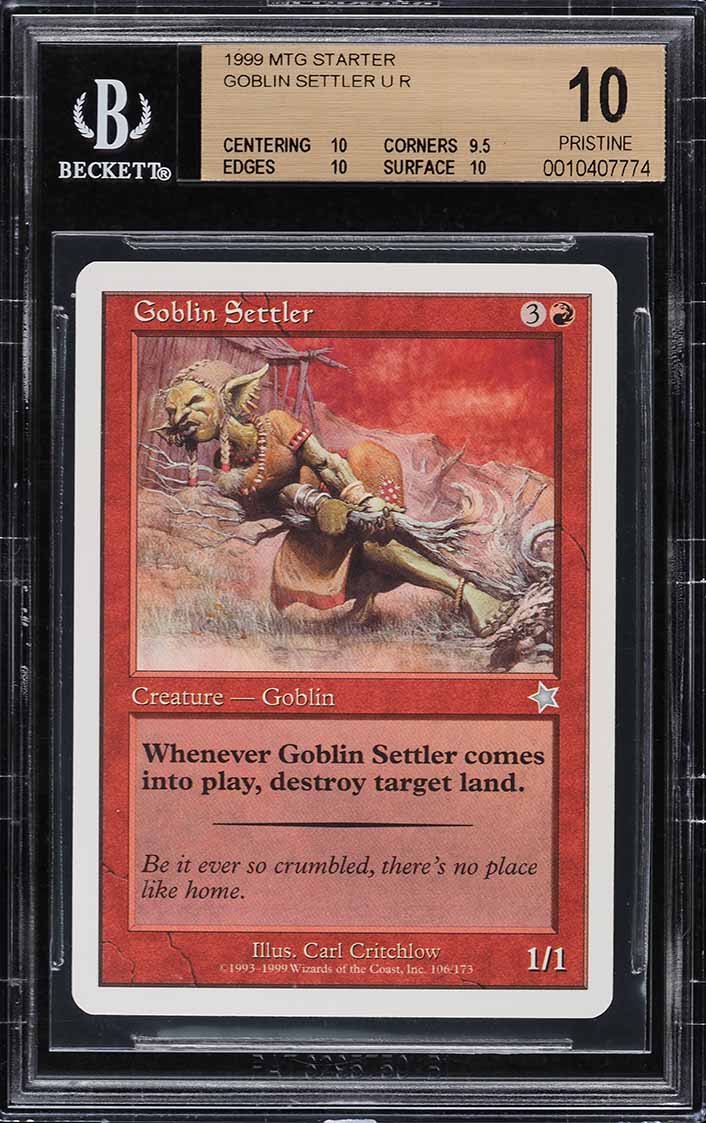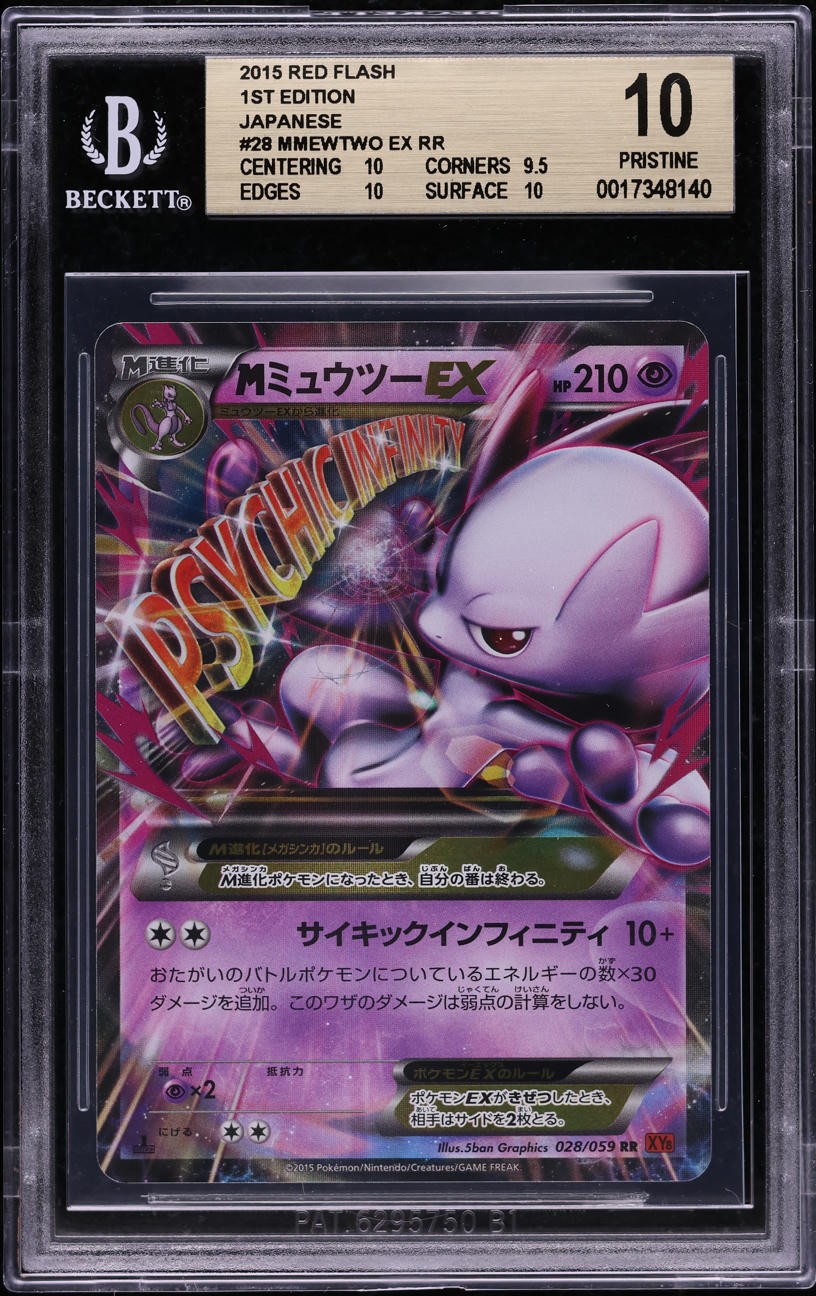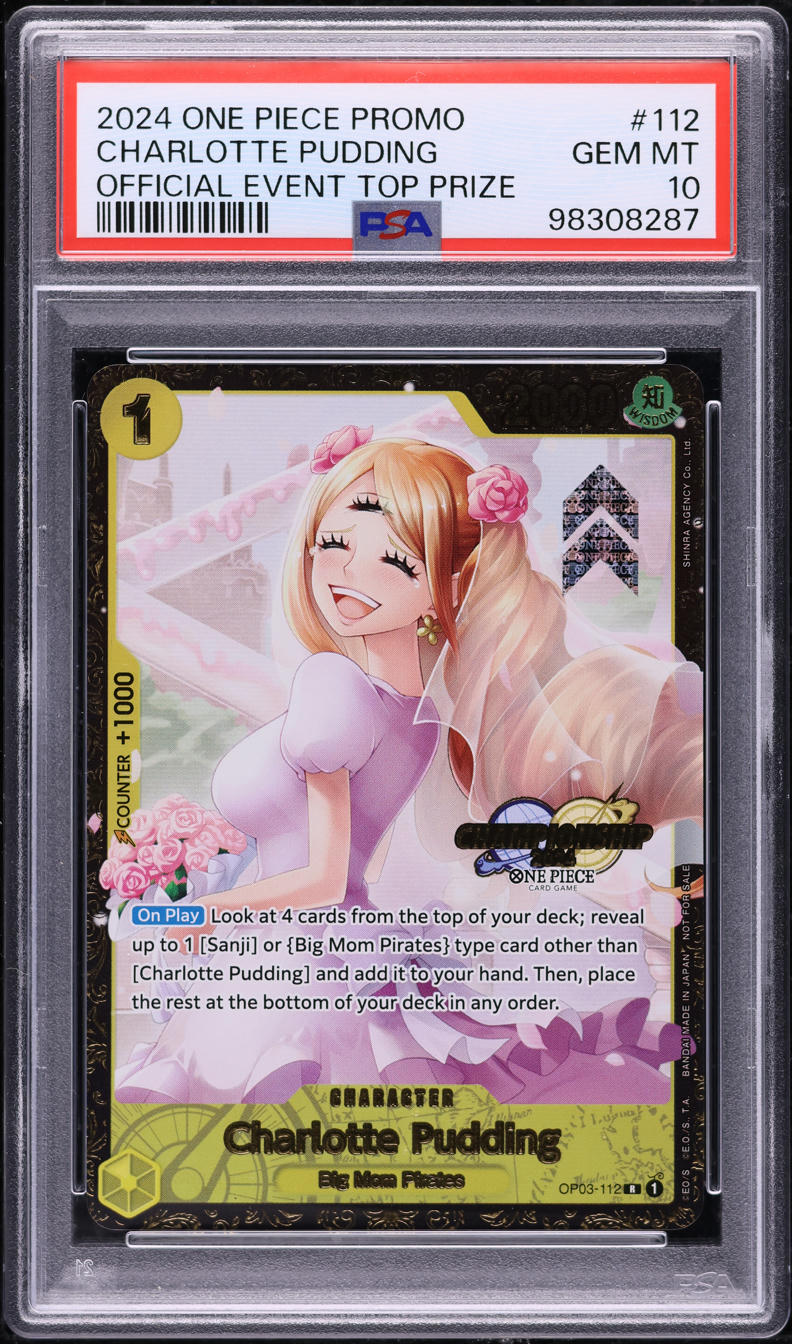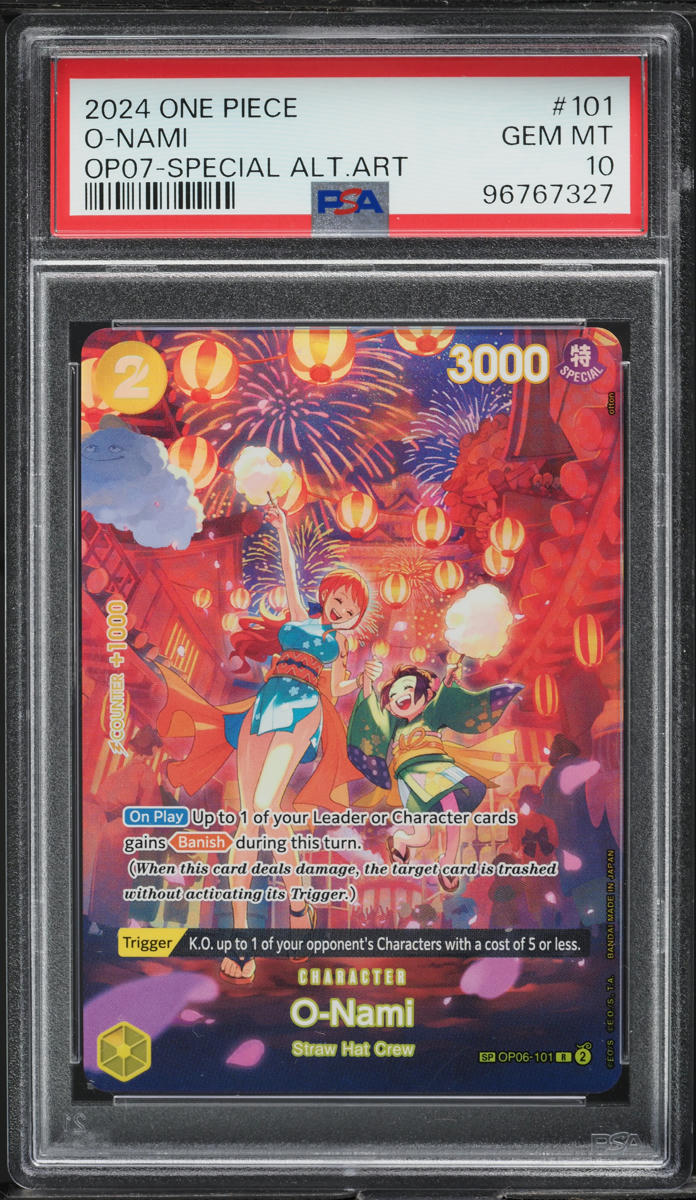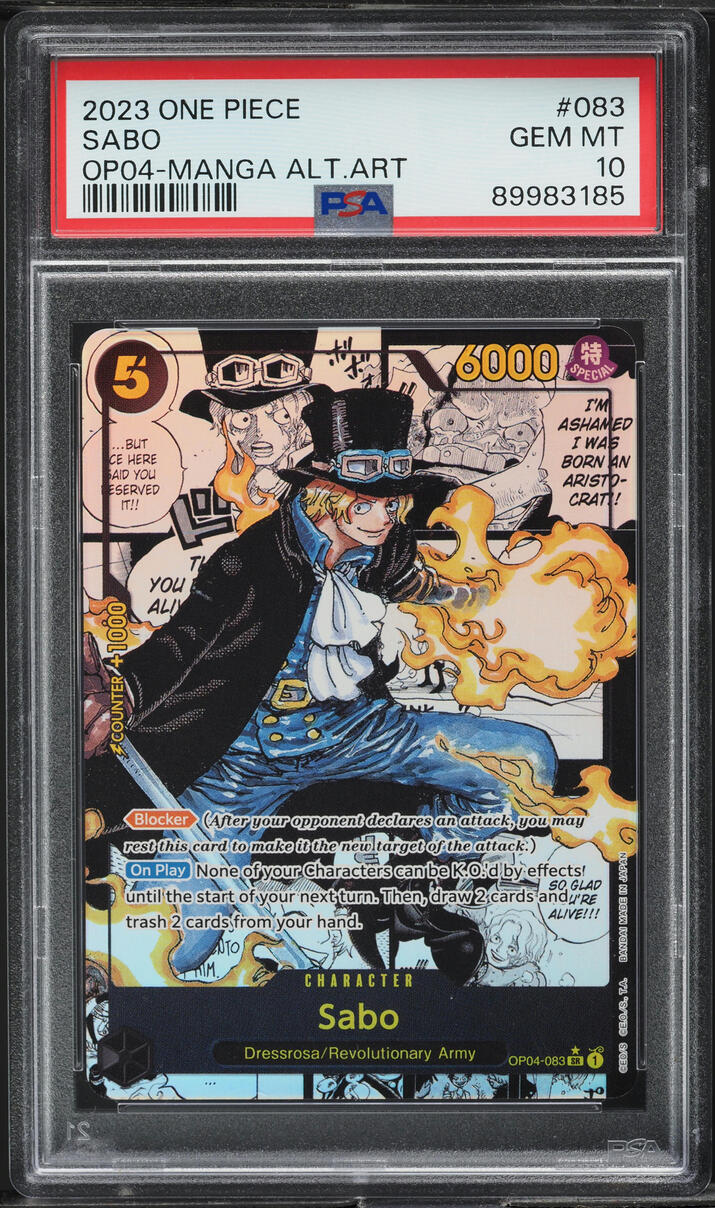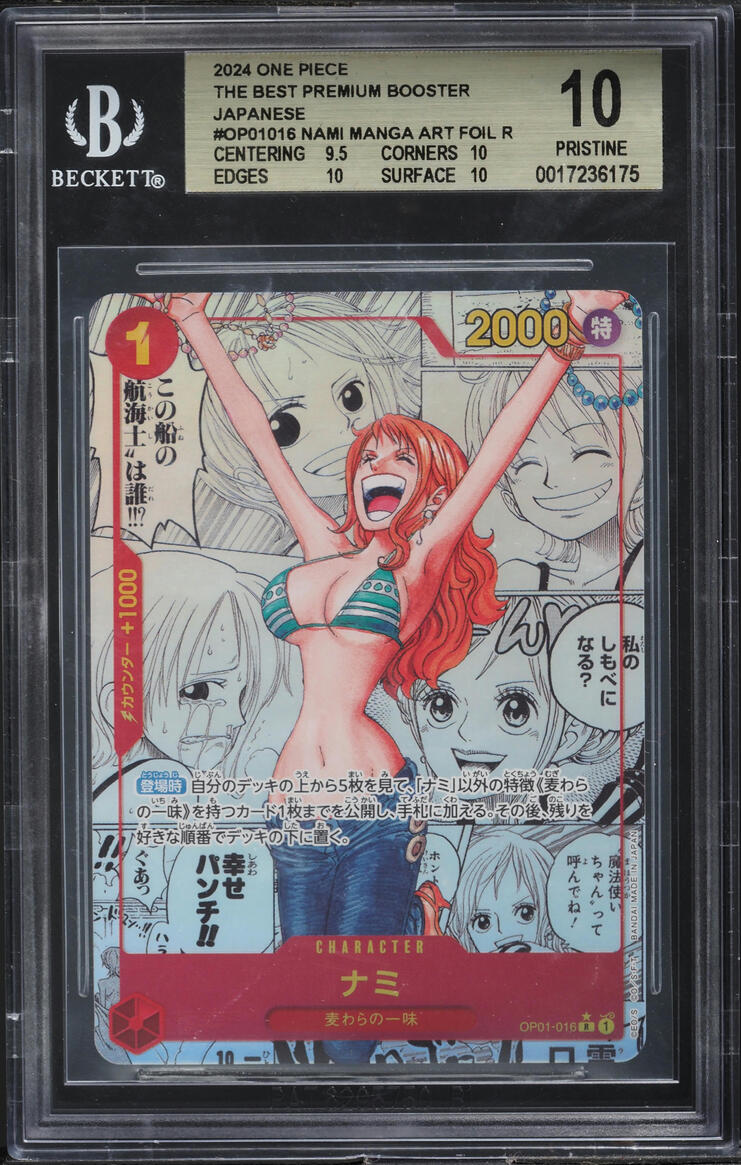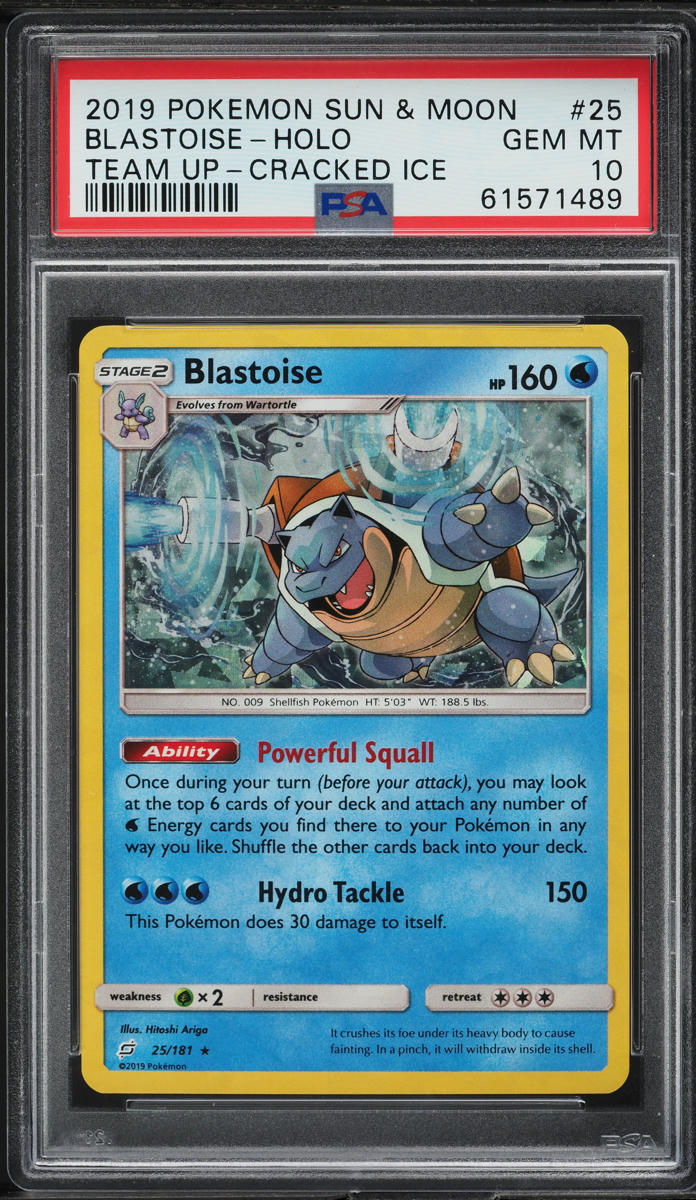
How to Spot Fake Trading Cards: A Collector's Guide
Trading card games (TCGs) have grown into a multi-billion-dollar industry, captivating players and collectors alike. With the rise in popularity of games like Pokémon TCG, Magic: The Gathering, and Yu-Gi-Oh!, the trading card market has seen an influx of counterfeit cards. For collectors, owning authentic cards is not just a matter of pride; it can also represent significant financial value. Unfortunately, fake cards can infiltrate collections and marketplaces, deceiving even experienced enthusiasts.
This guide will equip you with the tools and knowledge to confidently identify fake trading cards and protect your collection.
Understanding the Basics of Card Authentication
Before diving into specific techniques to spot counterfeits, it’s important to understand what makes a trading card authentic. Official cards are produced under strict quality controls, ensuring consistency in materials, design, and printing. Any deviation from these standards can be a sign of a counterfeit card.
Key elements of an authentic card include:
- Material and texture: High-quality cardstock with a specific weight and feel.
- Printing precision: Sharp details, consistent colors, and defined text.
- Security features: Unique identifiers like holograms, watermarks, or stamps, depending on the game.
Common Signs of Fake Trading Cards
1. Material and Texture Differences
One of the easiest ways to identify a fake card is by feeling it. Genuine cards are printed on high-quality cardstock, giving them a specific weight and texture. Counterfeit cards often feel lighter, flimsier, or have a different surface finish.
- The Bend Test: Carefully bending a card can reveal its authenticity. Genuine cards tend to return to their original shape without creasing, while fake cards may wrinkle or crack.
- Light Test: Hold the card up to a bright light source. Many authentic trading cards have specific layers or watermarks that can be seen under light. Counterfeit cards often lack these features.
2. Color and Print Quality
Fakes often suffer from poor printing quality. Look closely at the following:
- Colors: Authentic cards have precise, vibrant colors. Fakes may appear washed out, overly bright, or slightly off-tone.
- Details: Magnify the card using a loupe or a smartphone camera. Real cards have clean, defined text and graphics. Blurry or pixelated details are a red flag.
- Borders: Inspect the card’s borders. Misaligned borders or inconsistent spacing between the card’s elements are common signs of counterfeit production.
3. Weight and Thickness
Authentic trading cards are manufactured to a consistent thickness and weight. If a card feels unusually heavy or light compared to others in your collection, it could be a fake. Using a digital scale to weigh suspected cards can help confirm suspicions.
4. Holograms and Security Features
Many modern TCGs use holograms or stamps to verify authenticity. For example:
- Pokémon TCG: Rare cards often include a foil pattern that is difficult to replicate. Check the consistency and alignment of the holographic layer.
- Magic: The Gathering: Look for the oval hologram sticker on newer cards and the “deckmaster” back design. The hologram should be reflective and intact.
- Yu-Gi-Oh!: Authentic cards include a foil logo and specific serial numbers.
Counterfeiters may attempt to mimic these features, but subtle inconsistencies (like misaligned logos or dull holographic effects) can expose the fake.
Advanced Techniques for Verification
If a card passes the basic checks but you’re still unsure, consider these advanced methods:
1. The Rip Test
While destructive, the rip test is a foolproof way to identify a fake card. Most authentic trading cards have a specific blue or black core layer visible when torn. Counterfeit cards usually lack this layer. Only perform this test on cards you are willing to destroy, such as duplicates or cards already suspected to be fake.
2. UV Light Test
Many trading cards include hidden security features that are only visible under ultraviolet (UV) light. For example, some cards have fluorescent inks or stamps that glow under UV light. A portable UV flashlight can be a valuable tool for collectors.
3. Comparator Apps and Tools
Some mobile apps and online tools can help compare your card against a database of known authentic cards. By uploading high-resolution images, these services analyze discrepancies in color, design, and layout.
4. Professional Grading Services
For high-value cards, consider sending them to a professional grading service like PSA (Professional Sports Authenticator) or Beckett. These organizations authenticate and grade cards, providing a tamper-proof case and certification.
Avoiding Fake Cards in the First Place
The best way to protect yourself from counterfeit cards is to be cautious about where you buy and trade.
- Purchase from Reputable Sellers: Stick to established retailers, official distributors, or trusted online platforms. Avoid shady marketplaces or unknown sellers offering deals that seem too good to be true.
- Inspect Before You Trade: When trading with other collectors, always examine the cards carefully in person. Bring tools like a magnifying glass or UV flashlight to aid your inspection.
- Stay Informed: Join online forums, social media groups, and local TCG communities to learn about new counterfeiting trends. Sharing knowledge with other collectors can help everyone stay vigilant.
Conclusion
Spotting fake trading cards requires a combination of observation, knowledge, and the right tools. As counterfeiters become more sophisticated, collectors must remain vigilant and proactive in protecting their collections. By familiarizing yourself with the unique features of authentic cards and practicing the verification techniques outlined in this guide, you can confidently identify fakes and ensure the integrity of your collection.
Remember, your collection’s value goes beyond monetary worth—it represents your passion and dedication to the hobby. Safeguard it with care, and you’ll enjoy years of trading and playing without worry.
 Trending
Trending
